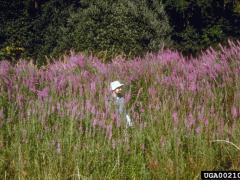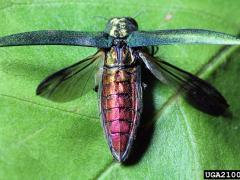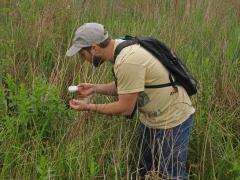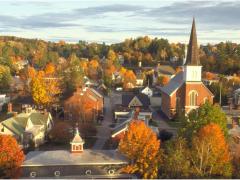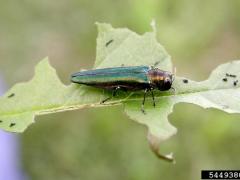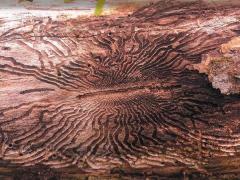Watch list species highlight: European Spindle Tree (Euonymus europaeus)

European spindle tree (Euonymus europaeus) is a member of the spindle tree family (Celastraceae), which includes species that are also invasive to North America like burning bush (Euonymus alatus) and Asiatic bittersweet (Celastrus orbiculatus). Species within the spindle tree family are woody shrubs or woody vines, all which have brightly colored flesh (arils) around the seeds ranging from reds to oranges. These fruits appear on the European spindle tree in the late summer and early fall.
